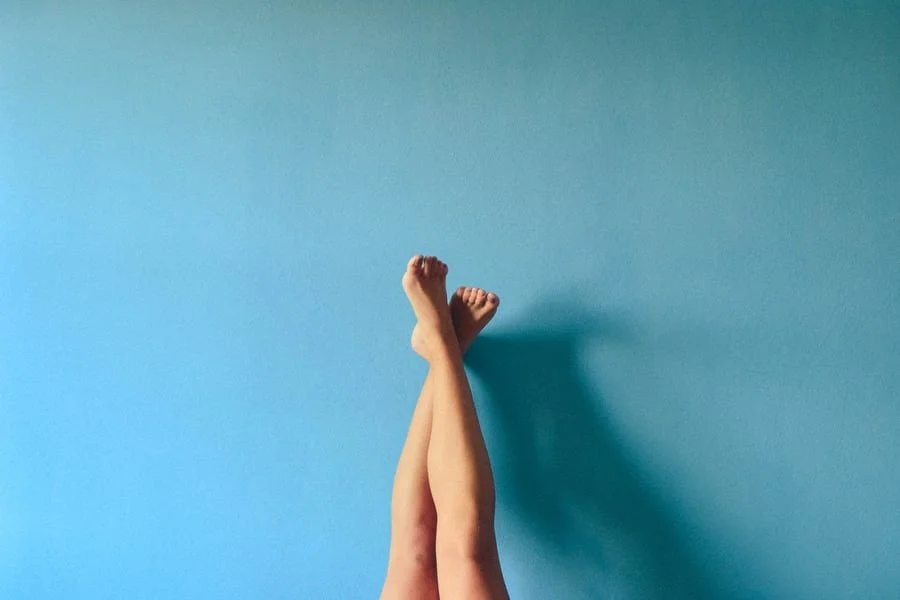Evaluation For Varicose Veins Made Easy With Vascular Ultrasound In New York
When the veins in the legs get abnormally enlarged and appear thick and ropy on the surface of your legs, such veins are called varicose veins. These veins can also appear bluish or purple. Blood pooling in a vein at its weakest point causes the vein to bulge against the skin which is seen as varicose veins from the outside.
At Upper East Side Cardiology, you get one of the best treatments for varicose veins in New York. Based on your specific condition, the doctors here might advise you to wear compression stockings along with going for brisk walks and practicing leg elevation to improve blood circulation in your legs.
In cases where the varicose veins become discomforting and increase your risk of developing more serious diseases, the doctors can suggest other interventions like radiofrequency ablation.
Causes and Symptoms of Varicose Veins
Arteries and veins work on different mechanisms. While arteries mostly supply blood in line with gravity, veins have to work harder as they are taking back deoxygenated blood towards the heart. Normally, veins have valves that prevent the backflow of blood during this upward movement.
In certain situations, these valves can become weak resulting in leakage of blood in the backward direction. This causes blood pooling in the vein and hence, the vein swells to form varicose veins.
The following conditions can increase your chances of developing varicose veins:
You are obese or overweight.
You are constantly moving on your feet all day and have been doing this for years.
You are suffering from peripheral vascular disease.
The symptoms of varicose veins that must be evaluated by a cardiovascular disease specialist in New York are:
Ropy and thick bumpy veins resembling a snake in your leg.
Achy veins can also cause pain in the legs and swelling of feet and ankles.
Itchy legs especially after wearing socks for an extended period.
A rash or red patch on the skin of your legs.
A throbbing or burning sensation in the leg.
Your legs start to feel weak and tired.
The skin around the varicose veins starts to change in color.
If left untreated, varicose veins can further cause complications like ulcerations, phlebitis, vein damage, and blood clotting in the veins.
Your doctor in New York City will examine your leg for clear signs of varicose veins and will also order a Doppler ultrasound to check for the blood flow through the vein. In case your symptoms worsen, your doctor can perform various procedures like ablation or sclerotherapy to treat your condition.








